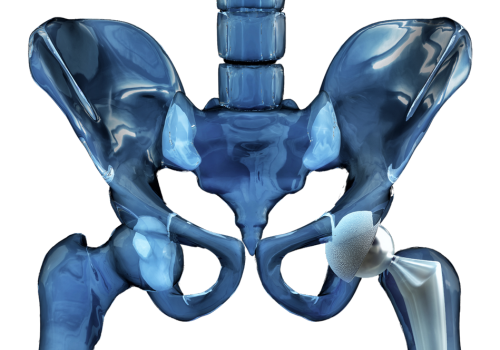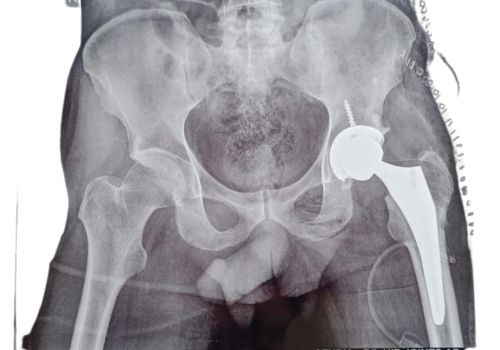
Hip replacement, also known as total hip arthroplasty (THA), is a surgical procedure in which a damaged or diseased hip joint is replaced with an artificial implant. It is primarily performed to relieve pain and improve mobility in patients with severe arthritis or hip injuries.


Replaces both the femoral head (ball) and acetabulum (socket) with prosthetic components.
Most common type of hip replacement surgery.
Only the femoral head is replaced, while the acetabulum is preserved.
Typically used for hip fractures in elderly patients.
Preserves more bone by reshaping the femoral head instead of replacing it.
Commonly performed in younger, active patients.
Performed when a previous hip replacement fails or wears out.
Requires removing old implants and replacing them with new ones.
Severe hip pain that interferes with daily activities (walking, climbing stairs).
Advanced arthritis (osteoarthritis, rheumatoid arthritis, avascular necrosis).
Hip fractures or structural damage due to trauma.
Stiffness and reduced range of motion in the hip.
Failure of previous treatments (medications, physiotherapy, injections).
.png)

Metal-on-Polyethylene (Metal ball with plastic socket) – Most common.
Ceramic-on-Ceramic – Durable, lower wear rate, ideal for young patients.
Metal-on-Metal – Less commonly used due to concerns about metal wear.
Ceramic-on-Polyethylene – A balance of durability and smooth motion.